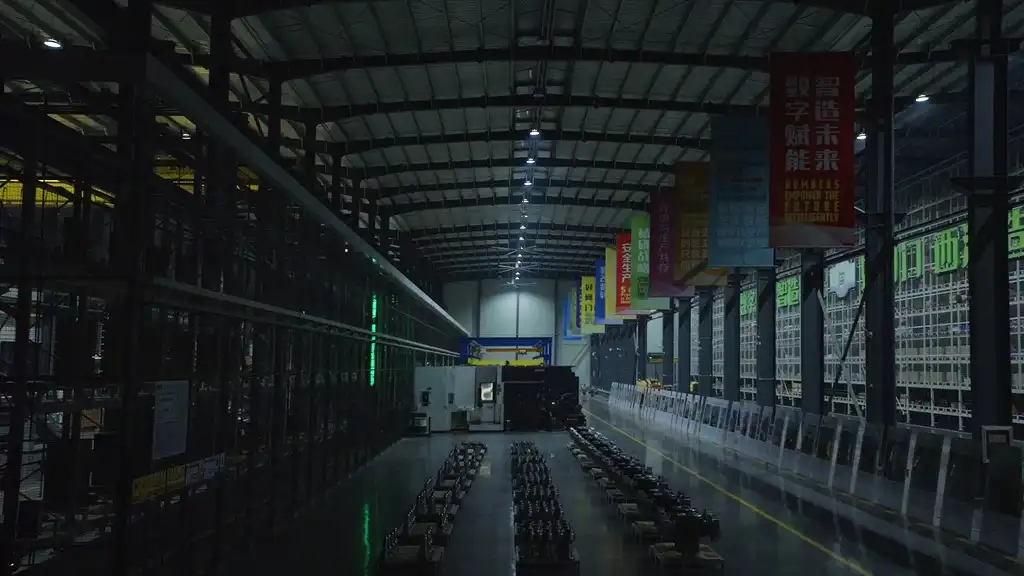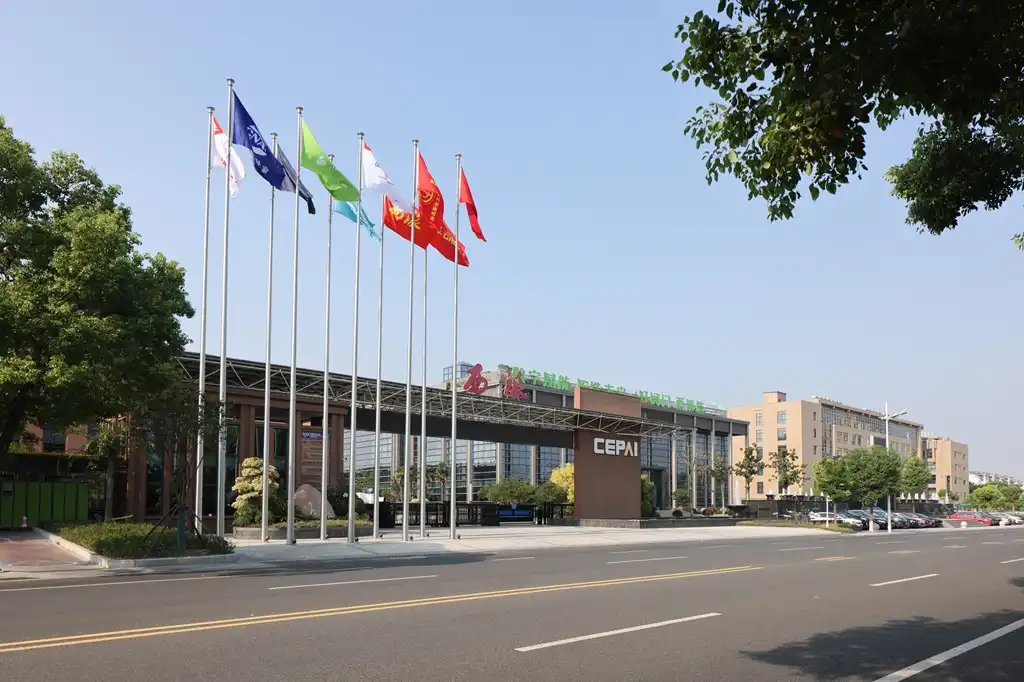Understanding the Design Differences
Double Offset Butterfly Valve Design
Double offset butterfly valves represent an improvement over traditional concentric designs. In these valves, the shaft is offset from the centerline of the pipe and the disc, creating two distinct offsets. This configuration allows for improved sealing and reduces the friction between the disc and the seat when opening or closing the valve. However, double offset designs still face challenges in achieving a perfect seal, especially in high-pressure applications.
Triple Offset Butterfly Valve Design
Triple offset butterfly valves take the concept of offset design a step further. In addition to the two offsets found in double offset valves, triple offset designs incorporate a third offset by utilizing a conical sealing surface. This unique geometry allows the disc to completely disengage from the seat during operation, reducing wear and providing a more robust seal. The triple offset configuration also enables a torque-seated design, which enhances the valve's ability to maintain a tight seal even under high-pressure conditions.
Key Advantages of Triple Offset Design
The triple offset design offers several advantages over double offset configurations. These include improved sealing performance, reduced wear on sealing surfaces, lower torque requirements for operation, and enhanced resistance to thermal expansion. Additionally, triple offset butterfly valves typically exhibit better flow characteristics and can handle a wider range of process fluids and temperatures. These benefits contribute to their overall efficiency and make them suitable for demanding applications in industries such as oil and gas, chemical processing, and power generation.
Performance Comparison
Sealing Efficiency
One of the most significant advantages of triple offset butterfly valves is their superior sealing efficiency. The conical sealing surface and torque-seated design allow for a more precise and tight seal compared to double offset valves. This improved sealing capability results in reduced leakage rates, which is particularly crucial in applications where even minor leaks can lead to significant losses or safety concerns. The enhanced sealing performance of triple offset valves also contributes to their ability to maintain tight shut-off in both high-pressure and low-pressure scenarios.
Operational Efficiency
Triple offset butterfly valves demonstrate higher operational efficiency than their double offset counterparts. The unique geometry of triple offset designs allows for smoother opening and closing operations, requiring lower torque and reducing wear on the valve components. This improved operational efficiency translates to reduced energy consumption during valve actuation and lower maintenance requirements over the valve's lifecycle. Furthermore, the reduced friction between the disc and seat in triple offset valves contributes to more precise flow control and improved reliability in modulating applications.
Longevity and Maintenance
The design features of triple offset butterfly valves contribute significantly to their longevity and reduced maintenance needs. The complete disengagement of the disc from the seat during operation minimizes wear on the sealing surfaces, extending the valve's service life. This reduced wear also means that triple offset valves require less frequent maintenance and replacement of sealing components compared to double offset designs. The improved durability of triple offset valves makes them particularly well-suited for applications with high cycling rates or challenging operating conditions, where the cost savings from reduced maintenance can be substantial over time.
Applications and Industry Impact
Suitable Industries for Triple Offset Butterfly Valves
Triple offset butterfly valves find wide-ranging applications across various industries due to their superior performance characteristics. In the oil and gas sector, these valves are often used in pipeline systems, refineries, and offshore platforms where tight shut-off and reliable operation are critical. The chemical processing industry benefits from triple offset valves in applications involving corrosive or abrasive fluids, thanks to their robust sealing mechanism and material compatibility options. Power generation facilities employ triple offset butterfly valves in steam systems, cooling water circuits, and other high-temperature applications where precise flow control and low-leakage performance are essential.

Cost-Effectiveness and Return on Investment
While triple offset butterfly valves may have a higher initial cost compared to double offset designs, their long-term cost-effectiveness often justifies the investment. The improved efficiency, reduced maintenance requirements, and longer service life of triple offset valves contribute to lower total cost of ownership over the equipment's lifecycle. Industries that implement triple offset valves can expect to see returns on their investment through reduced downtime, lower maintenance costs, and improved process efficiency. Additionally, the superior sealing performance of triple offset valves can lead to energy savings and reduced product losses, further enhancing their economic impact.
Future Trends and Innovations
The efficiency advantages of triple offset butterfly valves have spurred ongoing research and development in valve technology. Future trends in this field include the integration of smart technologies for remote monitoring and predictive maintenance, further enhancing the operational efficiency of these valves. Innovations in materials science are also expected to expand the application range of triple offset valves, enabling their use in even more demanding environments. As industries continue to prioritize efficiency and sustainability, the role of triple offset butterfly valves in various applications is likely to grow, driving further advancements in valve design and performance.
Conclusion
Triple offset butterfly valves have proven to be more efficient than double offset designs across various performance metrics. Their unique geometry and sealing mechanism offer superior shut-off capabilities, reduced wear, and improved flow characteristics. These advantages translate into enhanced operational efficiency, lower maintenance requirements, and longer service life. As industries continue to seek ways to optimize their processes and reduce costs, the adoption of triple offset butterfly valves is likely to increase, further solidifying their position as a preferred choice for demanding valve applications.
FAQs
1. What are the main advantages of triple offset butterfly valves?
Triple offset butterfly valves offer improved sealing efficiency, reduced wear, lower maintenance requirements, and better performance in high-pressure applications compared to double offset designs.
2. In which industries are triple offset butterfly valves commonly used?
These valves are widely used in oil and gas, chemical processing, power generation, and other industries where tight shut-off and reliable operation are crucial.
3. Are triple offset butterfly valves more expensive than double offset designs?
While the initial cost may be higher, triple offset valves often provide better long-term cost-effectiveness due to their improved efficiency and reduced maintenance needs.
Experience the Efficiency of Triple Offset Butterfly Valves | CEPAI
At CEPAI Group Co., Ltd., we specialize in manufacturing high-quality triple offset butterfly valves for the oil and gas industry. Our state-of-the-art intelligent manufacturing facility, featuring the longest high-precision flexible production line in the Asia Pacific region, ensures superior product quality and innovation. As a leading supplier, factory, and manufacturer, we offer cutting-edge solutions tailored to your specific needs. Experience the efficiency and reliability of our triple offset butterfly valves firsthand. Contact us at cepai@cepai.com to learn more about our products and how we can optimize your operations.

References
Smith, J. (2021). "Advancements in Butterfly Valve Technology: A Comparative Study of Double and Triple Offset Designs." Journal of Valve Engineering, 45(3), 112-128.
Johnson, R., & Williams, T. (2020). "Performance Analysis of Triple Offset Butterfly Valves in High-Pressure Applications." Industrial Process Control, 18(2), 78-95.
Brown, A. et al. (2019). "Efficiency Gains in Industrial Valve Systems: The Impact of Triple Offset Butterfly Valves." Energy Procedia, 158, 3456-3470.
Lee, S., & Park, H. (2022). "Maintenance Optimization Strategies for Triple Offset Butterfly Valves in Oil and Gas Applications." Reliability Engineering & System Safety, 217, 108090.
Garcia, M., & Lopez, F. (2020). "Cost-Benefit Analysis of Implementing Triple Offset Butterfly Valves in Chemical Processing Plants." Chemical Engineering Research and Design, 162, 264-278.
Wilson, D. (2021). "The Future of Valve Technology: Trends and Innovations in Triple Offset Butterfly Valve Design." Advances in Mechanical Engineering, 13(5), 1-15.





